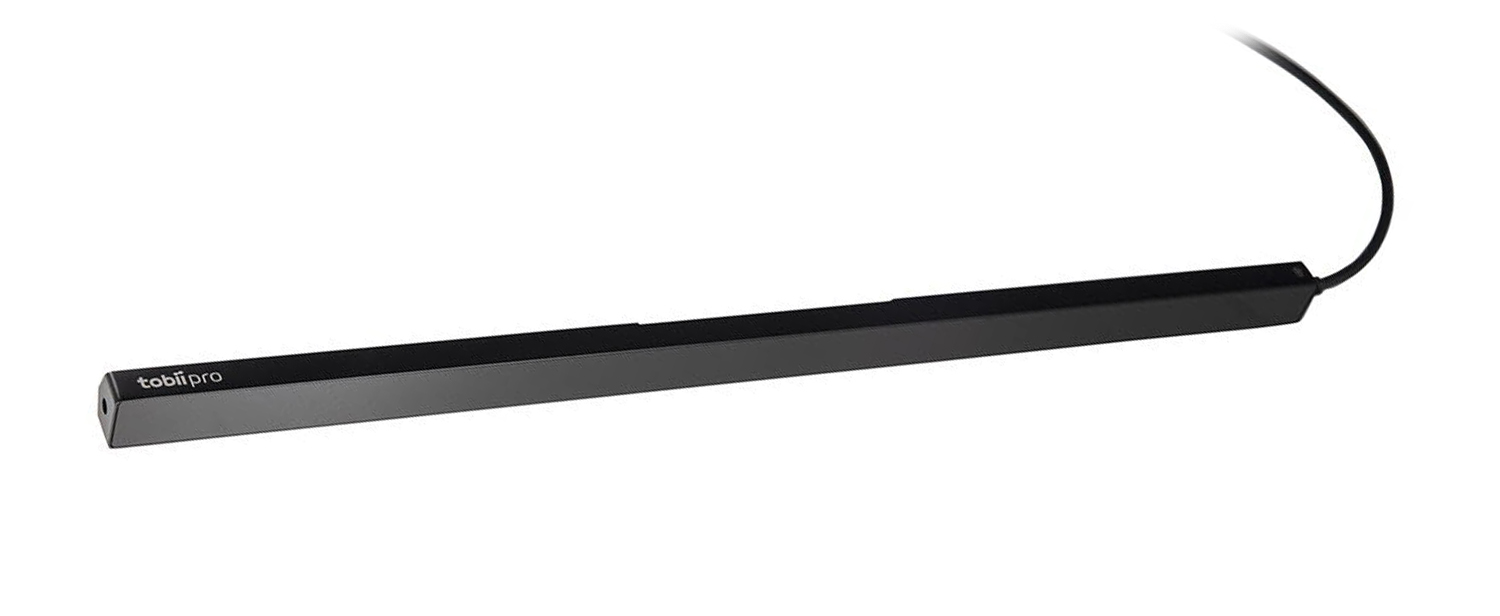0%



Eye tracking technique |
Video-based pupil- and corneal reflection eye tracking
|
Sampling frequency |
60, 120 & 250 Hz or 60 & 120 Hz,
|
Precision2 |
0.04° RMS at optimal conditions3
|
Accuracy |
0.3° at optimal conditions |
Binocular eye tracking |
Yes |
Total system latency |
3 frames (<12 ms at 250 Hz) |
Blink recovery time |
1 frame (immediate) |
Gaze recovery time |
250 ms |
Data sample output4 |
Timestamp
|
Eye image data stream |
Eye image data stream frequency is approximately
|
TTL input stream |
Not available |
Tracker and client time synchronization |
Integrated between the eye tracker time
|
Head movement tolerance |
Excellent -Dual-camera system, with more
|
Freedom of head movement5
|
Width × height: 40 cm × 25 cm
|
Freedom of head movement5
|
Width x height: 45 cm x 30 cm
|
Operating distance (mounted on screen) |
50–80 cm (19.69”–31.49”) from the eye tracker |
Tracker setup options |
Tracker mounted at tripod, allows for even larger
|
Optimal screen size |
24” (16:9 aspect ratio) |
Software and framework compatibility |
Tobii Pro Eye Tracker Manager Tobii Pro SDK Any application built on the Tobii Pro SDK |
Operating system |
Windows, Mac, Linux6 |
Hardware versions |
120 Hz 250 Hz |
Dimensions (L x H x W) in cm/inches |
37.4 × 1,8 x 1.37 (14.72“ × 0.70“ × 0.53“) |
Weight |
168 g (5.9 oz.) |
Connectors |
USB Type-C,
|
Data Processing |
3 Tobii EyeChip™ ASIC with fully
|
Eye tracking cameras |
2 |
Illuminators |
Dark pupil Illumination Modules, Bright
|
Power consumption |
Typical power consumption: 4.3 W
|
Power options |
Directly via USB Type-C connector, or
|